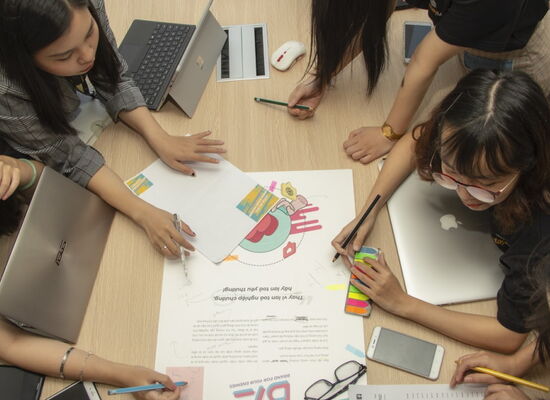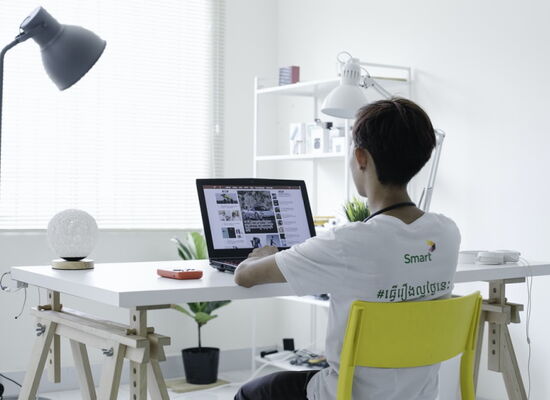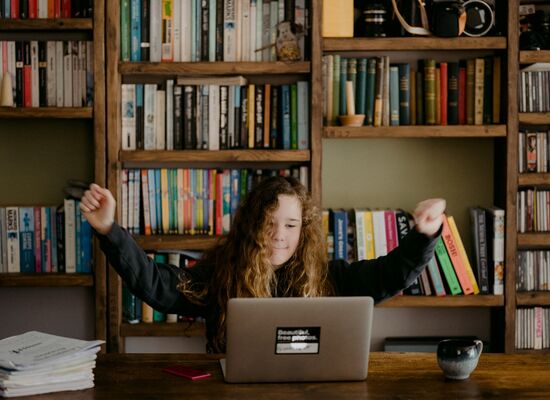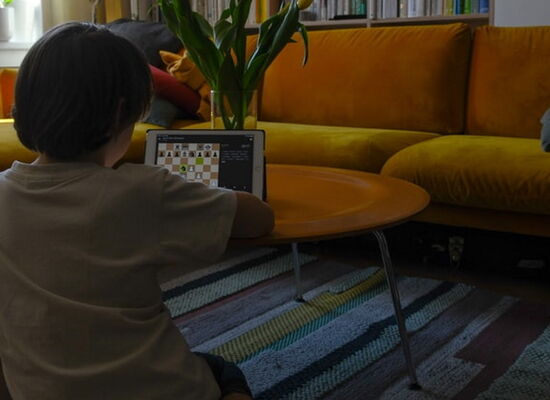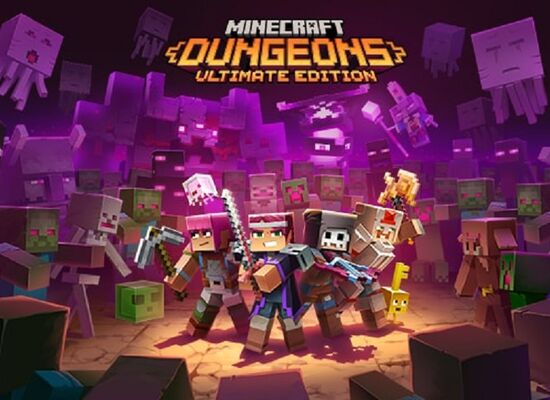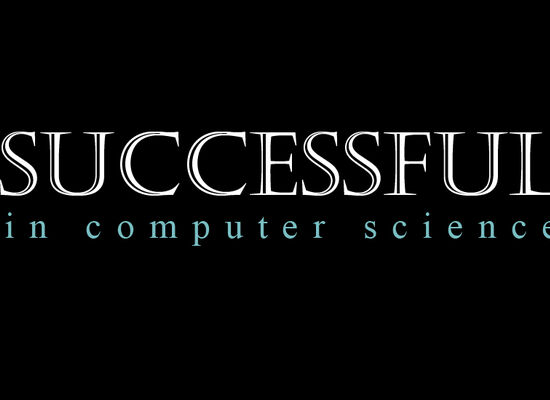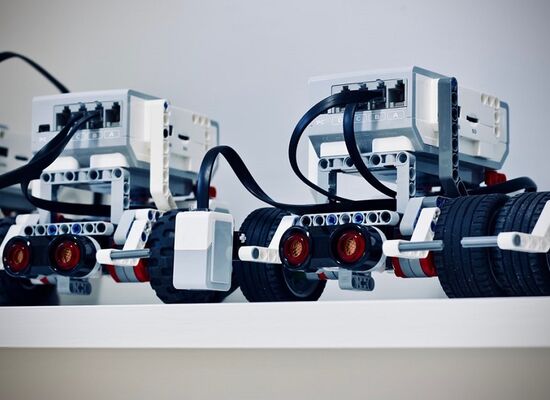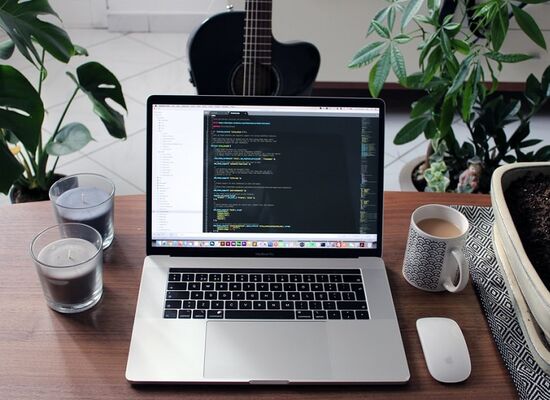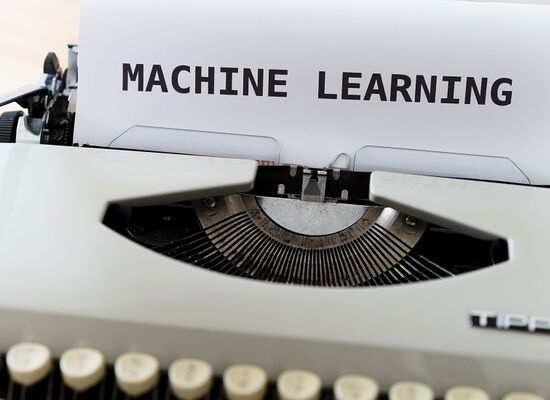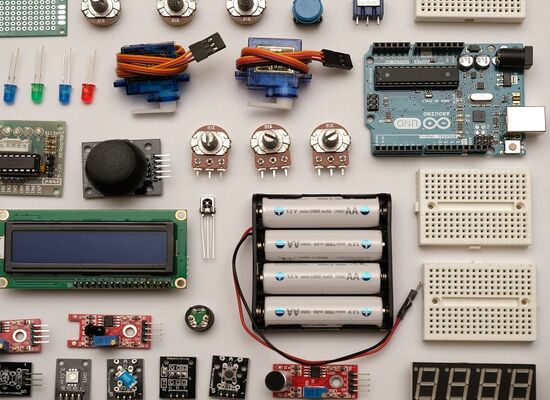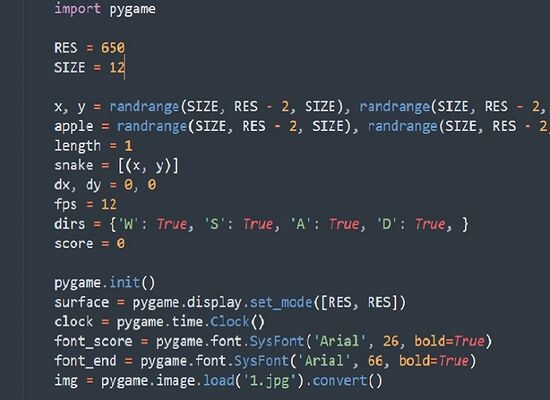Could learning pods be the new normal for education during the pandemic?
14 August, 2020

What are learning pods?
- A learning pod is a micro-school of three to ten pupils taught by a combination of parents, private tutors, and online lessons
- Education pods address the problems of home-schooling, child isolation, and childcare, whilst establishing a safe environment for children to learn
- To set up a learning pod, you must consider who you will recruit to teach your children, what kind of lessons you want, what are some safety ground rules for behaviour outside the pod, and what you will do if someone falls ill
- Pandemic pods come at quite a cost. While this may not be an issue for high-income families, or whose children normally attend private school, it can be argued that education pods only provide a solution for privileged families
Could learning pods be the new normal for education during the pandemic?

The months out of school are taking their toll. The normal school routine has been turned upside down, leading to battles with Zoom and Wi-Fi, restless children missing their friends and routines, and parents attempting to adjust their own demanding schedules. As the fall semester fast approaches, the majority of school districts are favouring an online learning environment or a blended approach of in-person and digital classes, and parents and teachers fear the reopening of schools without adequate safety provisions.
In light of this, some enterprising parents have devised a solution: learning pods. Learning pods are the new trend taking hold in the US to mitigate the problems of home-schooling, childcare, and children’s isolation. But while education pods prove a lifesaver for some, it can be argued that they widen the gulf between privileged and disadvantaged students.
What is a learning pod?
Governments across the globe must not only address the pandemic, but also the problems and anxiety caused by enforced social distancing. One of the solutions has been to create ‘bubbles’ of friends and families who are allowed to mix with others inside their bubble, but no one else. A learning pod is an extension of this ‘bubble’ idea, whereby a group of parents organize a micro-school ‘learning pod’ for their kids.
A learning pod is attended by a group of children who live in the same area, are of similar ages, and whose families are taking similar protective measures during the pandemic. There are typically three to ten students in each education pod, and they are taught by a combination of parents, private tutors, and online classes.
What should you expect when setting up your own pandemic pod?
The biggest hurdle faced when creating a learning pod is the cost: parents should expect to pay $1300-1600 per child per month. The skyrocketing popularity of micro-schools has proved extremely lucrative for private tutors, and even state school teachers are turning away from their profession in favour of private tutoring, which can pay $60k-$125k per year. Some parents are enlisting friends or family who have teaching or other curriculum-related qualifications, and whose work schedules allow for it. Otherwise, you can recruit teachers for your pandemic pod via consultancies or even Facebook pages set up for parents in your local community.
Of course, the most important consideration must be the safety of your child and other children within your micro-school. In order to stay safe (and avoid conflict with other members of the learning pod) you should work with families who are taking similar protective measures. As a group, devise some ground rules on what is acceptable behaviour outside of your education pod. For example, take into consideration whether anyone is caring for a vulnerable or immunocompromised person, whether you wear masks when out and about, who you interact with, and where you go on a daily basis (e.g. who commutes and regularly meets friends at restaurants, and who works from home and gets food deliveries?) You must make an action plan of what you will do if one of the children or parents connected to your pandemic pod falls ill.
Flexibility is key for a successful education pod, and you must devise a curriculum which suits everyone involved. It is not always possible to create a learning pod solely of children in your child’s grade, as your micro-school may include similar aged siblings. It can therefore be better not to enforce a strict curriculum, but instead to focus on general skills and subject areas, and base your classes around projects and discussions which will inspire as well as educate.
What is the benefit of an education pod?

An education pod provides a safe and convenient middle ground between school classes and home-schooling. Home-schooling is demanding and difficult for parents, who have their own work schedules and may not have the experience (or patience!) for teaching. Yet even if schools reopen, returning to lessons is not suitable for everyone. Children do not lead isolated lives – they see their grandparents and might live with a vulnerable or immunocompromised family member who could be endangered by their mixing with a large group. A micro-school is a safer environment which can reassure parents who are not comfortable sending their children back to school.
For parents whose children usually attend a private school, the cost of enrolling their child in an education pod may not exceed the school fees. Moreover, the price of a pandemic pod balances the potential knock to household income if one parent must otherwise take a hiatus from work to home-school their kids.
In a learning pod, children finally get the chance to socialise with their peers after months of isolation. Nothing can compete with enjoying the interactive, real-life learning experience that education pods offer, and younger children especially need the social development that accompanies their lessons. Distance learning is just not as engaging, and where an 11th grader could reasonably be expected to follow online lessons and independently do their assignments, younger children simply cannot: pupils’ attention spans, especially younger ones, dwindle when faced with online learning.
What are the arguments against learning pods?
Whilst education pods certainly provide an excellent service for those who can afford it, they do nothing for those who cannot. It can be argued that pandemic pods inspire a culture of self-interest rather than common interest, which is the opposite of what is needed when a crisis affects the entire country.
Education pods increase the educational divide between disadvantaged and privileged children. Children of colour are already bearing the brunt of the pandemic’s effect on education (analysis by McKinsey & Company showed that Hispanic and black children respectively fall nine and ten months behind academically, in comparison to seven months for white children), and it has been acknowledged that BIPOC communities have been disproportionately affected by the pandemic in all areas from health to financial stability. A Kaiser Family Foundation report revealed that 65% of BIPOC parents were concerned about losing income if they are unable to work, in comparison to 41% of white parents, who are more likely to make provisions such as education pods to allow them to continue working.
Private school pupils are more likely to succeed than state school pupils, and during the pandemic wealthy school districts are twice as likely to continue providing teaching. Yet with the arrival of education pods, the divide between private and state pupil attainment evolves into a wider attainment gap, between children who do not have the facilities or a conducive home environment for online learning, and children who can now receive intimate in-person lessons.
In response to the growing disparity between privileged and disadvantaged students, some local authorities and private organisations have devised initiatives. Some schools have taken it upon themselves to work with parents to organise pandemic pods and learning spaces. Other local authorities, for example in San Francisco, are organising learning hubs at libraries and recreation centres for disadvantaged children. Elsewhere, child-focussed charities are expanding their programmes in places where schools will not be reopening in fall.
Of course, no one can denigrate higher-income parents for taking any possible measures to ensure that their children’s education does not suffer during the pandemic. But innovation in K12 education should be supported across the board with federal funding which would allow schools countrywide to employ more teachers and thus reduce class sizes – effectively creating learning pods at school. Although Trump has been emphatic about the benefits to children and parents of reopening schools, he has not been forthcoming with funding, and so initiatives to solve the crisis in K12 education will remain piecemeal and inequitable.
Coding learning pods

Education pods are a fantastic format for coding classes. In a coding pod, children can learn computer programming with their friends in a safe environment led by an expert instructor, and courses can be a blend of in-person and online classes. Learning pod coding classes are a great supplement to your children’s regular school curriculum, which will allow them to gain valuable STEM and coding skills, and will satisfy your child's needs for personal connection, enrichment, and growth.
Whichever coding class is most suitable for your child, at Code Advantage we have it covered. Our My Friends Online coding classes are led by a live instructor with an exciting project-based curriculum, perfect for home-schooling, remote schooling, and learning pods. You can curate a coding class education pod with your child’s group of friends, and select the day, time, and frequency to suit their schedule.
The cost of coding class learning pods at Code Advantage is very reasonable. The total cost for ten hours of education pod instruction is $1,715, split between each member. So, for a micro-school of five pupils, the cost will be $34.30 per hour, and for six pupils, $28.60 per hour, and so on. We offer classes for all ages and interests – from 3D video game design for first graders, to Minecraft Modding or Web & App development for grades 5+, and robotics classes too!
Thanks for reading this article and if you have any questions or comments on this topic or coding and STEM in general, please feel free to contact us.
